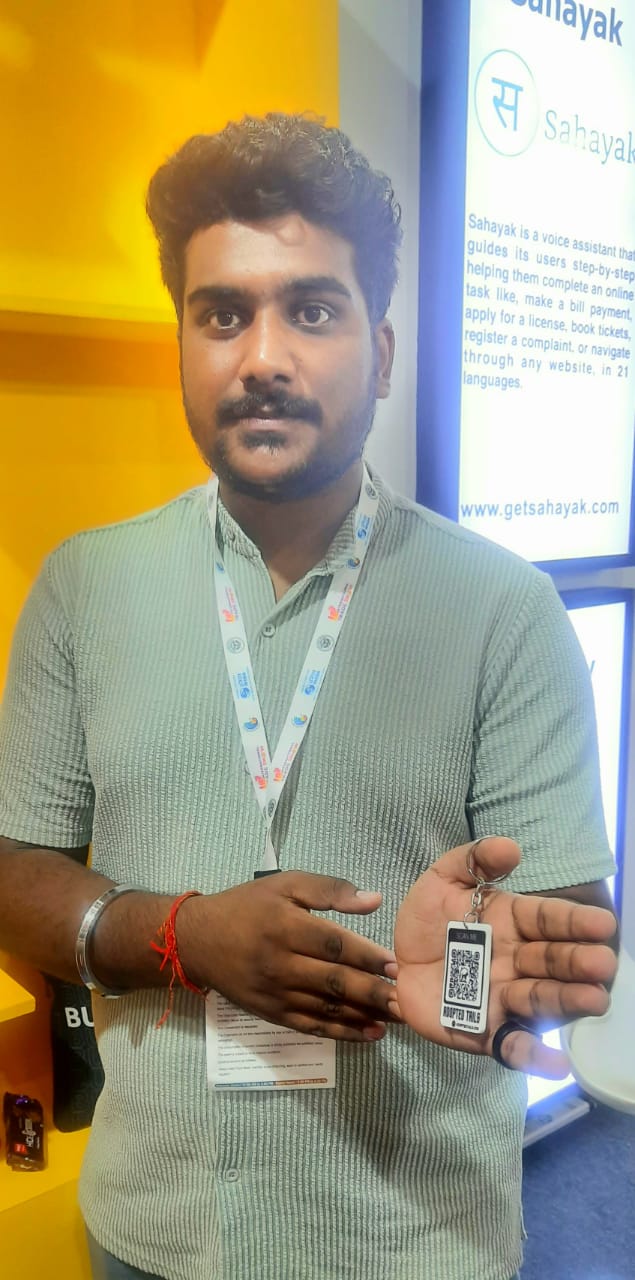The Madhusudan Group thrives in two primary sectors: textiles and healthcare. In textiles, this vertically integrated conglomerate oversees every stage of the industry. Their comprehensive operations include Yarn Manufacturing, Yarn Dyeing, Weaving, Knitting, Fabric Processing, Printing, Value-Addition, and the production of garments and Corporate Wear. With over five decades of expertise, the Madhusudan Group consistently surpasses customer expectations by aiming for excellence.
In healthcare, the Madhusudan Group is dedicated to improving lives. They actively pursue the well-being of humanity through continuous research and innovation. Their significant contributions enhance the quality of life and address critical healthcare needs.
Whether in textiles or healthcare, the Madhusudan Group is unwavering in its pursuit of excellence, driven by a commitment to quality, innovation, and customer satisfaction.
In an exclusive interaction with The Interview World, Yatiraj Mundra, Director of Madhusudan Group, provides valuable insights. He discusses India’s positioning in the global activewear revolution, forecasts India’s market share in the wear industry over the next five to ten years, examines the impact of disruptive technologies on the textile sector, highlights the importance of ESG in textiles, and dispels myths surrounding synthetic wear. Here are the key takeaways from his insightful interview.
Q: How is India contributing to and positioning itself in the global activewear revolution?
A: Frankly, we remain a small player. Statistics show that while India is the largest global producer of cotton, and we export significant quantities, our presence in activewear production and exports is minimal.
This gap exists primarily because we haven’t focused enough on quality. To attract high-value customers from Japan, Europe, or America, quality is crucial. Currently, we are in the nascent stage of this journey. However, we are optimistic about significant growth in this segment over the next three to five years.
Q: What is your prediction for the global market share that Indian manufacturing in the wear industry will capture in the next 5 to 10 years?
A: If we capture just 10% of the global activewear market over the next five years, it will surpass our current entire textile market share in India. Currently, our share in activewear is minimal. However, achieving a 10% share in the global activewear ecosystem would significantly outstrip our textile market presence. Setting a goal of 10% within the next three to four years is both ambitious and attainable.
Q: Which disruptive technology will significantly influence the future development of this sector?
A: Currently, synthetic technology is highly standardized. The issue lies not in a lack of technology but in our tendency to seek cheaper alternatives rather than investing in established solutions. European, American, and Chinese companies produce advanced machinery for active wear. However, Indian companies are now also manufacturing high-quality machines for this purpose.
To advance, we must invest in cutting-edge technology and explore collaborations with industry giants. These partnerships could bring essential technical know-how. Technology comprises two components: machinery and process knowledge. While machinery is widely accessible, mastering its operation requires specialized expertise.
To address this, we need robust collaborations and consulting support. Government ministries and industry councils can facilitate joint ventures, similar to the successful partnership between Shahi and Little Kingdom. Shahi, a leader in cotton, benefited from Little Kingdom’s expertise in synthetics. Such strategic alliances could significantly enhance India’s capabilities in the active wear sector.
Q: In the context of the clothing industry, ESG is a significant challenge. How do you anticipate the industry will address this issue, and what role do you foresee for major players in driving this change?
A: To compete on a global stage, embracing ESG (Environmental, Social, and Governance) principles is essential. You cannot ignore ESG and expect sustainable, long-term growth. Every company must integrate ESG into its core operations with enthusiasm, viewing it as a vital component of their ecosystem.
First, companies, regardless of size, must commit to adopting ESG practices. This involves following well-defined guidelines, setting clear targets, and tracking progress. For instance, our company, certified by Inditex, initially had to reduce greenhouse gas emissions by 5%. We now pursue these goals voluntarily because we recognize the global benefits, even if Inditex no longer mandates it.
Second, ESG can be implemented cost-effectively. The misconception that ESG is prohibitively expensive is false. When executed correctly and targeted appropriately, ESG initiatives can be both affordable and beneficial.
Q: What key insights or advice would you like to share with industry leaders?
A: My message to the industry is clear: We live in a country historically dominated by cotton. However, it’s crucial to embrace synthetics. The potential of synthetic materials to enhance product quality and consumer experience is substantial. Advances in technology now allow us to recycle and produce synthetics sustainably. For our nation to achieve significant growth, we must integrate synthetics into our ecosystem. The Western world has already embraced this shift. Relying solely on a few fibers will not enable us to grow exponentially. A diverse production base is essential for our progress.
Q: How can the myths surrounding the health concerns of synthetic materials be effectively addressed and dispelled?
A: These are misconceptions. Ultimately, brands must assume responsibility. They should lead the charge in promoting sustainable practices. For instance, when we introduced recycled polyester, many brands used our product but hesitated to market it as recycled. They feared it would diminish their product’s appeal in the Indian market. That was the prevailing perception five years ago. Today, however, the narrative has shifted. Brands now confidently highlight recycled polyester’s sustainability and superior quality compared to previous standards.
From a health perspective, brands should also take the initiative to educate consumers. Additionally, consumer willingness to experiment plays a crucial role. Try a high-quality running tee once, and you’ll find it hard to return to a cotton t-shirt.









